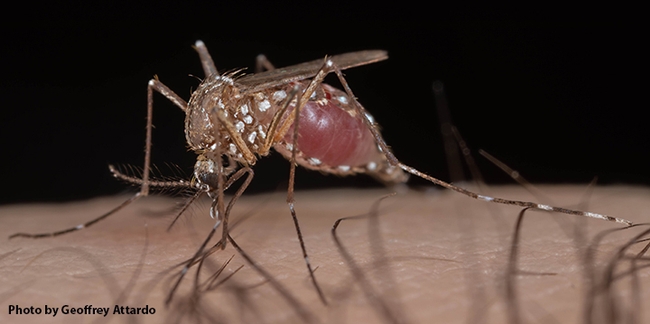- Author: Kathy Keatley Garvey
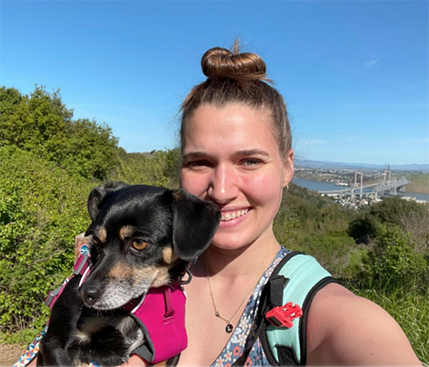
Infected Ae. aegypti mosquitoes can transmit dengue fever, chikungunya, Zika fever, Mayaro and yellow fever viruses, and other disease agents.
Mack will present her exit seminar on "Genetic and Molecular Factors Influencing Pyrethroid Response in Aedes aegypti from California" at 3:30 p.m., Tuesday, June 6 in 366 Briggs Hall. It also will be on Zoom.
Mack studies Ae. aegypti with a focus on analysis of transcriptomic datasets and 3D imaging datasets. "Throughout my time in graduate school, my projects have considered pyrethroid resistance in Ae. aegypti; examining the genetic response to this insecticide. As I finish up my dissertation, I hope to pursue a career in industry using the skills I've developed to continue to analyze large datasets!"
Insecticide resistance is a global issue, Mack says in her exit seminar abstract. The mosquito was first colonized California in 2013 and arrived resistant to pyrethroids. "The pyrethroid target site genotype differs geographically in California and partially infers resistance phenotype, indicating that other mechanisms are at play as well."
Mack is the co-lead author (with doctoral candidate Erin Taylor Kelly of the Attardo lab) of Frequency of Sodium Channel Genotypes and Association with Pyrethrum Knockdown Time in Populations of Californian Aedes aegypti, published in March 2021 in the journal Parasites and Vectors. The eight co-authors, in additioin to Attardo, included Anthony Cornel, Mosquito Control Research Laboratory, Kearney Agricultural Center, and Department of Entomology and Nematology.
"Since their detection in 2013, Aedes aegypti has become a widespread urban pest in California," the co-authors wrote in the abstract. "The availability of cryptic larval breeding sites in residential areas and resistance to insecticides pose significant challenges to control efforts. Resistance to pyrethroids is largely attributed to mutations in the voltage gated sodium channels (VGSC), the pyrethroid site of action. However, past studies have indicated that VGSC mutations may not be entirely predictive of the observed resistance phenotype."
"To investigate the frequencies of VGSC mutations and the relationship with pyrethroid insecticide resistance in California, we sampled Ae. aegypti from four locations in the Central Valley, and the Greater Los Angeles area. Mosquitoes from each location were subjected to an individual pyrethrum bottle bioassay to determine knockdown times. A subset of assayed mosquitoes from each location was then analyzed to determine the composition of 5 single nucleotide polymorphism (SNP) loci within the VGSC gene."
The conclusion:
"Resistance associated VGSC SNPs are prevalent, particularly in the Central Valley. Interestingly, among mosquitoes carrying all 4 resistance associated SNPs, we observe significant heterogeneity in bottle bioassay profiles suggesting that other mechanisms are important to the individual resistance of Ae. aegypti in California."
Mack, who holds a bachelor of science degree (2018) in biology from Creighton University, Omaha, Neb., enrolled in the UC Davis graduate school program in 2018.
Active in the Entomological Society of America, Mack scored second place in student competition at the 2022 joint meeting of the Entomological Societies of America, Canada, and British Columbia, held last November in Vancouver, British Columbia. She entered her presentation, "Three Dimensional Analysis of Vitellogenesis in Aedes aegypi Using Synchrotron X-Ray MicroCT,” in the category, "Graduate School Physiology, Biochemistry and Toxicology: Physiology.
Her abstract: "Traditional methods of viewing the internal anatomy of insects require some degree of tissue manipulation and/or destruction. Using synchrotron-based x-ray phase contrast microCT (pcMicroCT) avoids this issue and has the capability to produce high contrast, three dimensional images. Our lab is using this technique to study the morphological changes occurring in the mosquito Aedes aegypti during its reproductive cycle. Ae. aegypti is the primary global arbovirus vector, present on all continents except Antarctica. Their ability to spread these viruses is tightly linked with their ability to reproduce, as the production of eggs in this species is initiated by blood feeding. Amazingly, this species produces a full cohort of eggs (typically 50-100) in just 3 days' time following a blood meal. This rapid development represents dramatic shifts in physiological processes that result in massive volumetric changes to internal anatomy over time. To explore these changes thoroughly, a time course of microCT scans were completed over the vitellogenic period. This dataset provides a virtual representation of the volumetric, conformational, and positional changes occurring in tissues important for reproduction across the vitellogenic period. This dataset provides the field of vector biology with a detailed three-dimensional internal atlas of the processes of vitellogenesis in Ae. aegypti."
"As for career plans, I am applying to computational biology positions in industry," Mack said. "I'm not filing my dissertation until July so I am still working on this."
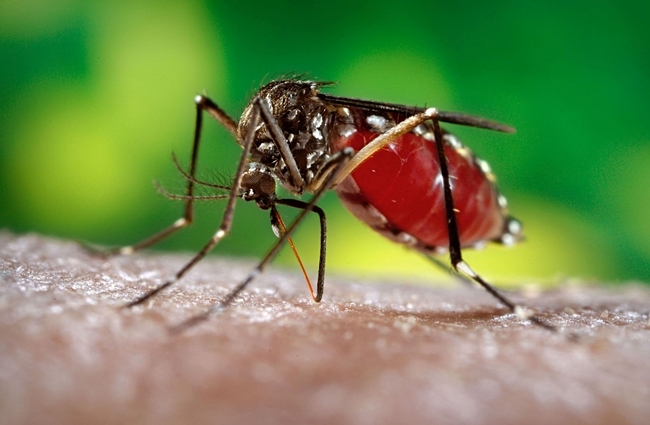
- Author: Kathy Keatley Garvey
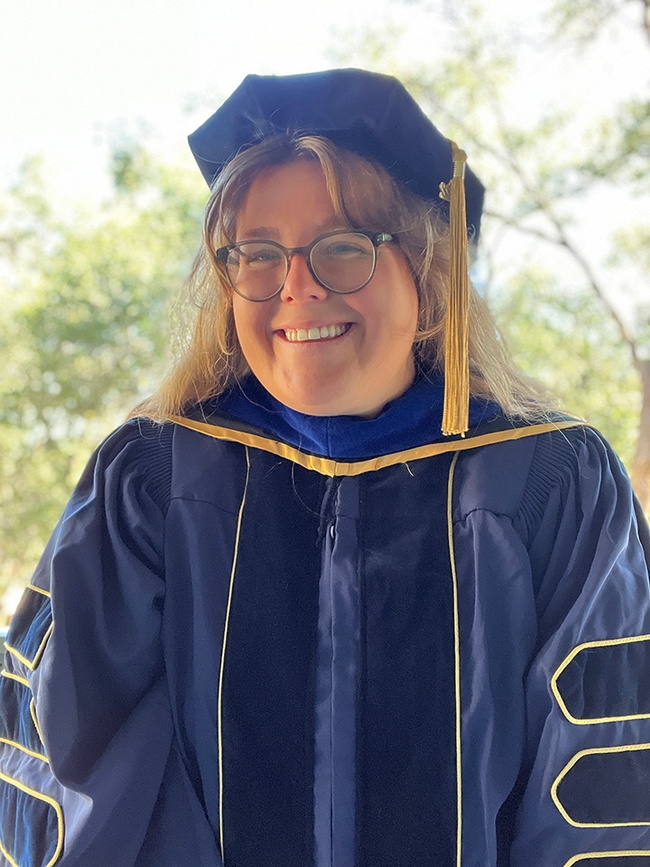
Winokur, a UC Davis doctoral candidate and vector-borne disease specialist who studies with major professor Chris Barker, will present her exit seminar, hosted by the UC Davis Department of Entomology and Nematology, at 4:10 p.m., Wednesday, Oct. 5 in 122 Briggs Hall.
She'll discuss "Temperature Drives Transmission of Mosquito-borne Pathogens: Improving Entomological Estimates for Aedes aegypti-borne Virus Transmission Risk." Her seminar will be both in-person and virtual. The Zoom link: https://ucdavis.zoom.us/j/95882849672.
"The mosquito Aedes aegypti is the primary vector of a range of viruses that cause a major burden on human health worldwide, including dengue, Zika, chikungunya, and yellow fever viruses," Winokur writes in her abstract. "As the Zika epidemic emerged in 2016, estimates for Zika risk were based on proxy evidence from closely related dengue virus. To improve risk estimates, we studied how temperature affects Zika virus extrinsic incubation period. We sought to further improve risk estimates by studying thermal preferences of Ae. aegypti mosquitoes in the laboratory and in the field. Current mosquito-borne pathogen risk models primarily use temperatures from weather stations or thermal imagery as a proxy for the temperatures mosquitoes experience, however such approaches do not account for local environments or microclimates available to adult mosquitoes. Taken together, the results of these studies can be used to improve prediction of mosquito-borne pathogen risk and inform mosquito control decisions." (See information on the mosquito on the California Department of Public Health website)
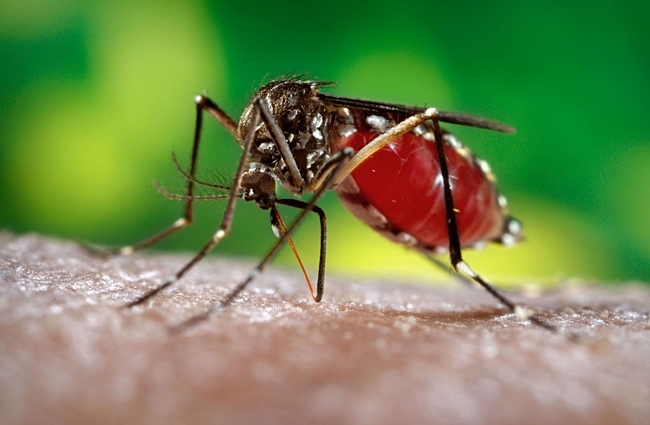
Olivia received her bachelor's degree in May of 2015 from Cornell University where she was an interdisciplinary studies major (environmental effects on human health).
At UC Davis, Winokur served as the 2019-2020 president of the Entomology Graduate Student Association and as a 2020-2022 committee member of the UC Davis Entomology Diversity, Equity, Inclusion, & Belonging. She co-founded the Girls' Outdoor Adventure in Leadership and Science (GOALS) in 2017 and continues to serve in leadership roles. GOALS is a free two-week summer science program for high school girls and gender expansive youth from backgrounds underrepresented in STEM fields. They learn science, outdoors skills, and leadership hands-on while backpacking in Sequoia National Park.

Active in the vector-borne disease community, Winokur completed a 2019-2020 term as the Executive Council student representative for the American Committee on Medical Entomology (ACME) and as a 2017-2019 volunteer with the Vector-Borne Disease Section of the California Department of Public Health, where she assisted with hantavirus and plague surveillance. She peer-reviews manuscripts for the Journal of Medical Entomology.
Winokur is the recipient of numerous fellowships and grants, including a $140,00 National Science Foundation Graduate Research Fellowship; a $30,000 Pacific Southwest Center of Excellence in Vector-Borne Diseases Graduate Fellowship; a $25,000 Pacific Southwest Center of Excellence in Vector-Borne Diseases Postdoctoral Fellowship; a Professors for the Future Fellowship (UC Davis) of $3,000; and two-consecutive Hazeltine Student Research Awards (UC Davis), totaling $5,500. She also received an American Geophysical Union Centennial Grant of $9,720 and an American Association for University Women Community Action Grant of $5,000 (outreach grants).
Winokur's latest peer-reviewed publications include co-authoring "The Influence of Vector-borne Disease on Human History: Socio-Ecological Mechanisms" in the journal Ecology Letters; and serving as the lead author of "Impact of Temperature on the Extrinsic Incubation Period of Zika Virus in Aedes aegypti in the journal PLOS (Public Library of Science): Neglected Tropical Diseases.
Emily Meineke, assistant professor of urban landscape entomology, UC Davis Department of Entomology and Nematology, coordinates the department's seminars for the 2022-23 academic year. All 11 seminars will take place both person and virtually at 4:10 p.m. on Wednesdays in Room 122 of Briggs Hall except for the Nov. 9th and Dec. 7th seminars, which will be virtual only, she said. (See list of seminars)
For further information on the seminars or technical difficulties with Zoom, contact Meineke at ekmeineke@ucdavis.edu.
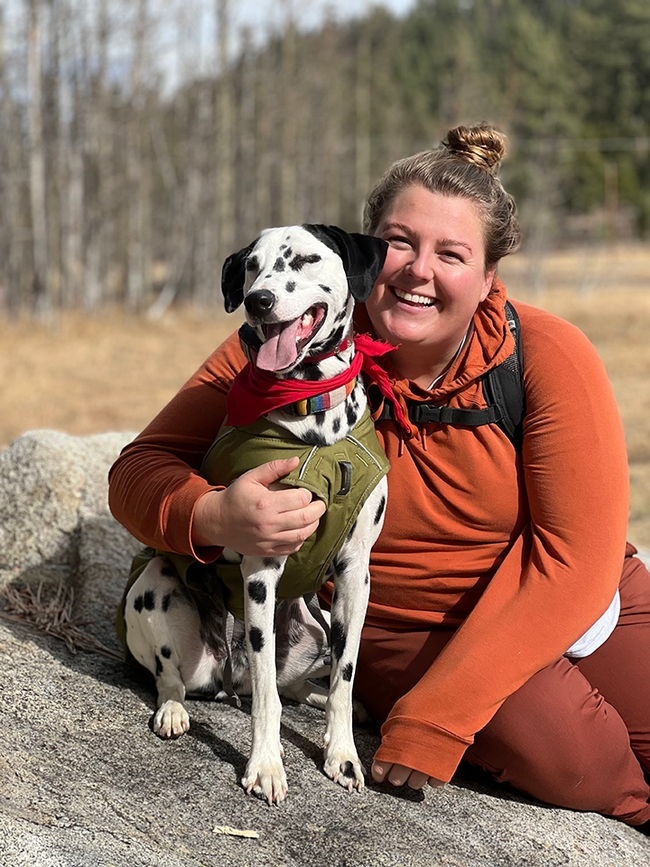
- Author: Kathy Keatley Garvey
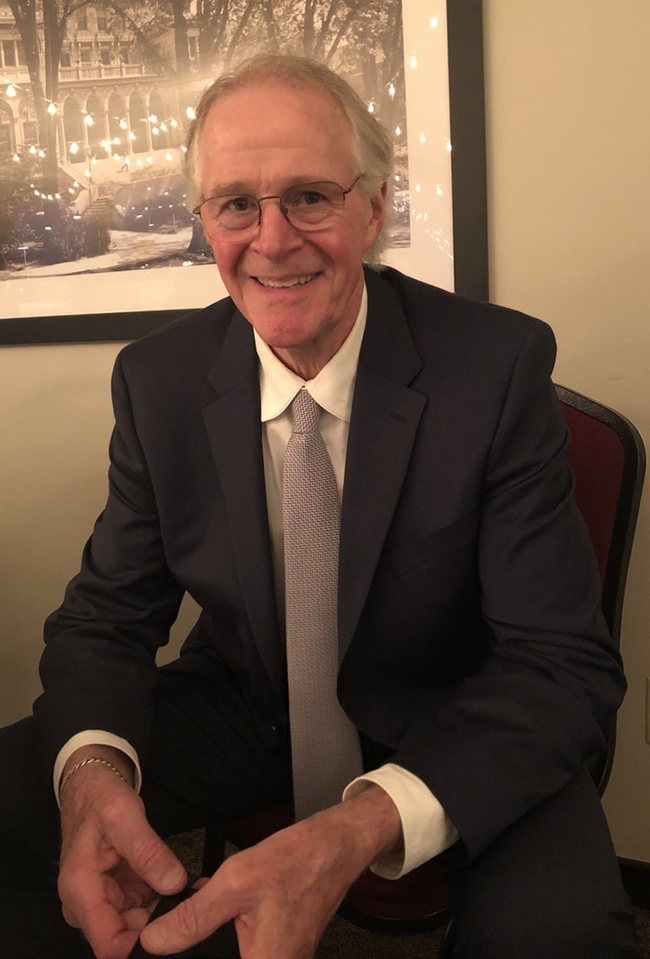
It's well deserved!
Scott, a UC Davis distinguished professor who officially retired in 2015, is internationally known for his work on the ecology and epidemiology of dengue, a mosquito-borne viral infection transmitted mainly by Aedes aegypti. He now resides in Luck, Wis., where his wife's family is from.
Only 1 percent of researchers make the global list of Highly Recited Researchers, as announced by Clarivate. The Web of Science Group, the information and technology provider for the global scientific research community, annually honors the 1 percent of scientists whose publications are the most cited in scientific papers.
"Of the world's scientists and social scientists, Highly Cited Researchers truly are one in 1,000," according to the Web of Science website.
Scott is one of 14 researchers from UC Davis--and one of some 6660 worldwide--to achieve the 2021 honor.
Scott's 19 publications listed in the report have been cited a total of 402 times. His most cited publication: “The Current and Future Global Distribution and Population at Risk of Dengue,” published in Nature Microbiology in 2019.
“Being a Highly Cited Researcher means a lot to me because it's an objective measure of the extent to which the scientific community finds helpful the work that my colleagues and I did,” said Scott, who joined the UC Davis Department of Entomology (now the Department of Entomology and Nematology) in 1996. “ I was privileged to work with exceptionally smart, hard-working, and insightful people. We had a lot of fun, but we also took our science seriously. We challenged each other in constructive and collegial ways. We are proud of the results of our efforts.”

Healthy Cites, Healthy People. Scott co-chairs a Lancet Commission that focuses on how prevention of viruses transmitted by Aedes mosquitoes fits into the growing Healthy Cities, Healthy People movement. Lancet Commissions are tasked with identifying the most pressing issues in science, medicine, and global health, with the aim of providing recommendations that change health policy or improve practice. “In this case, we are making the case for Cities without Aedes,” Scott said. "We aim to reduce the burden and threat from Aedes transmitted viruses through improved construction and management of modern urban environments that build Aedes mosquitoes out of cities and towns.”
Scott is a collaborator in a clinical trial designed to demonstrate and quantify the protective efficacy of a spatial repellent to reduce human mosquito transmitted virus infection in Sri Lanka. “This new project,” he said, “builds on a randomized controlled clinical trial that my colleagues I recently completed in Iquitos, Peru, which revealed a significant protective efficacy of a spatial repellent against human infection. Publication of those results a currently under review.”
“In addition to the clinical trial, my colleagues and I are publishing a series of papers from Iquitos that examine the role of people with in-apparent and mild infections in virus transmission. By accounting for factors underlying variation in each person's contribution to transmission we will be able to better determine the type and extent of effort needed to prevent disease.”
Scott's other activities include being a scientific advisor for a clinical trial in Brazil that is testing the public health benefit of Wolbachia for prevention of viruses transmitted by Aedes mosquitoes. “The study will assess the efficacy of releasing Wolbachia-infected Aedes aegypti into the environment in reducing human virus infection compared to standard vector control measures alone,” he said.
Scott serves on three World Health Organization committees, “which I find particularly rewarding because of their potential to improve public health policy and thus global health.”
Among his other activities:
- Chair of a group that is writing a chapter on Dengue Vector Control Guidelines that will be included in the updated version of WHO guidelines for dengue diagnosis, treatment, prevention, and control.
- Co-chair of the Wolbachia Evidence Review Group. “Mosquitoes infected with the endosymbionic bacteria Wolbachia are designed to have reduced capacity to become infected with and transmit a variety of viruses, which is expected to reduce human disease,” Scott explains. “Results from our deliberations will help the World Health Organization to develop guidelines for member States on the application of this exciting new intervention strategy.”
- Member of the World Health Organization Technical Advisory Group on the Global Integrated Arboviruses Initiative. The Arbovirus Initiative focuses on strengthening the coordination, communication, capacity building,research, preparedness, and response needed to mitigate the growing risk of epidemics due to arthropod transmitted viral diseases. Scott describes it as “a collaborative effort between the World Health Emergency Program, the Department of Control of Neglected Tropical Diseases, and the Immunization, Vaccines, and Biological Department at WHO. Members of the Technical Advisory Group have a broad range of expertise (clinical management, diagnostics, epidemiology, vector control, virology, vaccines, and travel medicine) and serve in an advisory capacity to WHO with a focus on essential and strategic guidance on management of disease. Our current focus is finalizing the Global Integrated Arboviruses Initiative, which will be presented to the World Health Assembly for review and approval.”
Challenging and Rewarding. “I am excited about and enjoy all these activities,” the medical entomologist commented. “They are challenging and rewarding extensions of the work I have done for that past 40 years.”
Scott, who holds bachelor and master's degrees from Bowling Green (Ohio) State University, received his doctorate in ecology in 1981 from Pennsylvania State University and did postdoctoral research in epidemiology at Yale University School of Medicine's Arbovirus Research Unit, part of the Department of Epidemiology and Public Health. He served on the faculty of the Department of Entomology, University of Maryland, from 1983 to 1996 before joining the UC Davis entomology faculty as a professor of entomology and director of the Vector-Borne Disease Laboratory. He was acting director of the UC Davis Center for Vector-Borne Research from 1996 to 1999, and director of the UC Davis Arbovirus Research Unit (2001-2003). He was selected vice chair of the Department of Entomology in 2006, serving until 2008.
Highly honored by his peers, Scott won the coveted Harry Hoogstraal Medal from the American Society of Tropical Medicine and Hygiene in 2018. His other honors include fellow of three organizations: American Society of Tropical Medicine and Hygiene (2014), Entomological Society of America (2010), and the American Association for the Advancement of Science (2008). He was named a UC Davis distinguished professor in 2014. In 2015, he won the Charles W. Woodworth Award, the highest honor awarded by the Pacific Branch of the Entomological Society of America.
The methodology that determines the “who's who” of influential researchers draws on the data and analysis performed by bibliometric experts and data scientists at the Institute for Scientific Information at Clarivate. It also uses the tallies to identify the countries and research institutions where these citation elite are based.
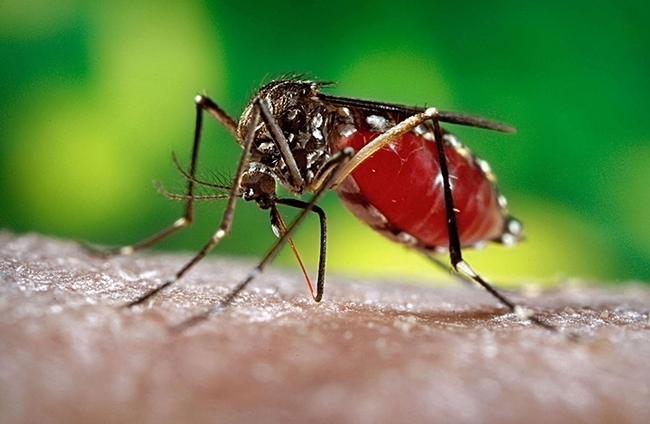
- Author: Kathy Keatley Garvey
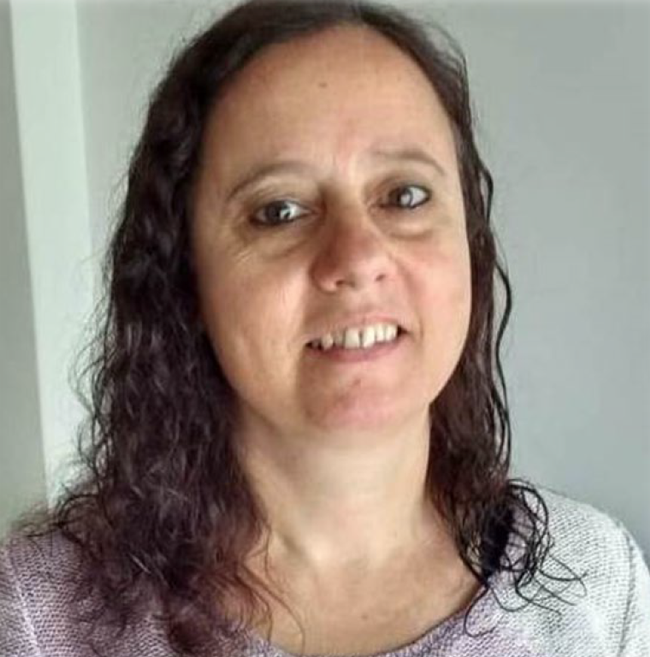
Fischer is a member of the Mosquito Research Group, Department of Ecology, Genetics and Evolution.
Her seminar, open to all interested persons, begins at 4:10 p.m., Pacific Time. She will be introduced by UC Davis doctoral student Erin Taylor Kelly of the laboratory of medical entomologist-geneticist Geoffrey Attardo. The Zoom link is https://ucdavis.zoom.us/j/99515291076.
"The mosquito Aedes aegypti, vector of dengue and other arboviruses, has recently expanded its distribution towards colder climate regions," Fischer says in her abstract. "This might be favored by an adaptation of the populations to local conditions. We explore the larval tolerance to low temperatures and the photoperiod induced embryonic diapause as possible mechanisms occurring in temperate Argentina."
"My main research interest is on mosquito ecology, and my current project aims to analyze the effects of environmental conditions (photoperiod, temperature, humidity) and resources (larval food) on the fitness of Aedes aegypti," she writes on ResearchGate. "I am also interested in human caused environmental change and its consequences on vector borne diseases."
She is a member of the
Fischer recently co-authored a research paper on Behavior of Aedes albifasciatus (Diptera: Culicidae) larvae from eggs with different dormancy times and its relationship with parasitism by Strelkovimermis spiculatus (Nematoda: Mermithidae).
A. aegypti is also known as the yellow fever mosquito. Kelly, who is hosting the seminar, studies the mosquito in the Attardo lab. She won a first-place award at the Entomological Society of America meeting last November with her poster, “Metabolic Snapshot: Using Metabolomics to Compare Near-Wild and Colonized Aedes aegypti.” She competed in the Physiology, Biochemistry and Ecology Section. (See https://bit.ly/3HJR0IF).
Fischer's talk meshes with the work of the Geoffrey Attardo laboratory. In one of his research projects, Attardo investigates the threat of these invasive mosquitoes, which have gained a foothold and spread throughout the state, putting California at risk for Aedes-vectored diseases such as dengue, chikungunya, Zika and yellow fever. Attardo studies the prevalence and physiology of insecticide resistance in Californian populations and evaluates the use of genetic markers to predict insecticide resistance and to track movement of genetically independent populations of aegypti throughout the state. Attardo and his lab are also currently developing novel biochemically oriented methods of insecticide resistance quantification to identify compounds that mosquito abatement districts can use for monitoring, and to define the biochemical pathways required to maintain this problematic adaptation.
The department's weekly seminars, held at 4:10 p.m. on Wednesdays, are coordinated by nematologist Shahid Siddique, who may be emailed at ssiddique@ucdavis.edu with any technical questions.
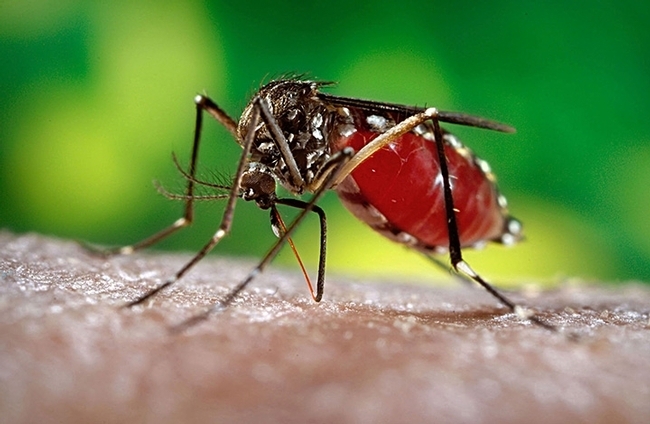
- Author: Kathy Keatley Garvey
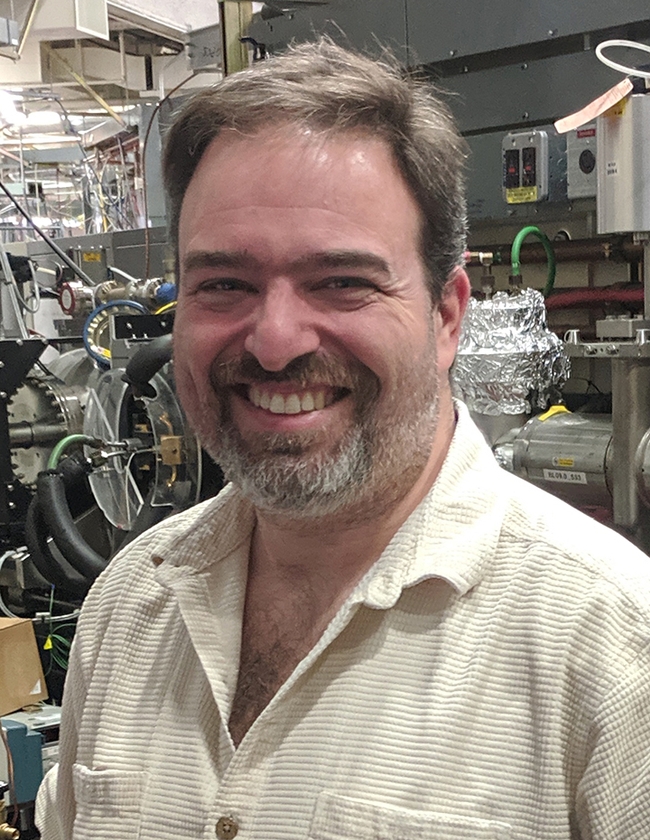
By Geoff Attardo
Assistant Professor of Entomology and Nematology at UC Davis
California's changing climate is creating a myriad of public health concerns. Wildfires, intense heatwaves, and a drought are the most readily apparent. However, increasingly temperate winters are also facilitating the spread of invasive disease-spreading mosquitoes throughout the state. Just as our fire authorities need a robust set of tools to address wildfires, it is critical that mosquito control and public health professionals have a wide range of tools to protect Californians from mosquito-borne diseases.
The growing presence of Aedes aegypti mosquitoes, which can transmit the viruses that cause Zika, dengue, chikungunya, and yellow fever as well as the parasite that causes heartworm in pets, is a major public health threat. In 2013 this invasive species was detected in the Central Valley and has been found in California every year since. These mosquitoes cohabitate with humans and often hitchhike facilitating their spread.
Aedes aegypti lay eggs in flowerpots, water storage containers or anything capable of holding small amounts of water. Part of the problem, as highlighted in our research in Frontiers in Tropical Diseases, is that these mosquitoes have cryptic breeding sites in residential areas where mosquito control agencies can't easily inspect and treat.
In addition, their eggs can dry out and then hatch when rehydrated. In fact, when Aedes aegypti were detected in 2014 in the city of Exeter there was a large eradication effort. The effort appeared successful, as they were no longer detectable in 2015. Yet, the mosquitoes were detected in Exeter again in 2018. The unique biology of this invasive species has allowed it to expand its geographical range and today they are present in more than 300 cities in California.
Another key factor is their inherent resistance to a class of insecticides called pyrethroids, which have been a mainstay for adult mosquito control because they have low toxicity to humans and other animals. Work from our lab and the California Department of Public Health found increasing insecticide resistance in these mosquitoes (Parasites and Vectors) which limits the ability of mosquito control agencies to act against adult mosquitoes in a time of crisis.
In order to protect public health, mosquito control agencies need effective tools in their toolbox. One innovative approach takes advantage of the fact that male mosquitoes do not bite; only female mosquitoes bite and can spread viruses. This approach works by releasing sterile male Aedes aegypti mosquitoes. These male-only mosquitoes carry a self-limiting gene that prevents their female offspring from surviving. When they mate with females, this reduces the abundance of biting females in the next generation. One of the benefits of this species-specific approach is that it only targets the Aedes aegypti mosquito. This means that wildlife, such as butterflies and bees, are unharmed.
The public health threat of Aedes aegypti cannot be overstated. The World Health Organization (WHO) estimates that dengue fever causes approximately 40,000 deaths a year and Zika virus, of which there were over 5,100 symptomatic domestic cases in 2016, is known to cause serious birth defects and miscarriage as well as Guillain-Barré syndrome. The WHO also said “the potential public health benefit of practical and effective new tools to reduce or even eliminate diseases such as malaria and dengue is clear and widely recognized.”
A company called Oxitec is working with government agencies to bring its innovative mosquito control technology to the U.S. In August, they announced they are seeking regulatory approvals to expand their pilot program to bring their Friendly™ Aedes aegypti technology to California. I encourage regulators to allow the company to work with mosquito control agencies to determine the technology's effectiveness in California.
It's clear that we need efficient mosquito control tools, and we cannot wait until we have a public health emergency to act. As we have seen with the COVID pandemic it is critical to have an infrastructure in place, especially one that includes innovative – and proven – technologies, to help public health and mosquito controls stay ahead of the curve.
